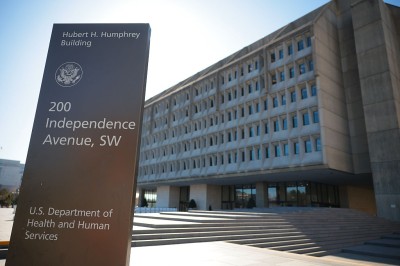The Department of Health and Human Services (HHS) began laying off employees early Tuesday morning, including several senior officials, according to a report from Bloomberg, which cited an internal memo. The cuts were swift and decisive, with some entire offices shuttered and affected workers immediately locked out of their computer systems, leaving them unable to access files or emails.
The layoffs are a key component of a dramatic restructuring effort led by HHS Secretary Robert F. Kennedy Jr., who has vowed to streamline the agency’s operations. The plan includes the elimination of 10,000 positions and the closure of half of HHS’s regional offices across the country. When combined with voluntary departures, the workforce reductions are projected to shrink the agency’s staff from 82,000 to 62,000 employees—a nearly 25% cut.
The sweeping changes have sparked a mix of concern and speculation among employees and observers alike. While Kennedy has framed the overhaul as a necessary step to increase efficiency and refocus the agency’s mission, critics worry about the potential impact on public health programs and services that rely on HHS oversight. Details from the internal memo, as reported by Bloomberg source, suggest that the layoffs span multiple levels of the organization, from administrative staff to high-ranking officials, signaling a top-to-bottom transformation.
HHS has not yet released an official statement addressing the layoffs or the broader restructuring plan. However, the abrupt nature of the dismissals—particularly the immediate system lockouts—has left many workers reeling, with some taking to social media to express shock and frustration.
The restructuring comes at a time when HHS faces mounting challenges, including ongoing debates over healthcare policy and public health preparedness. Kennedy, a controversial figure known for his outspoken views, has promised to bring a bold new direction to the agency since taking the helm. Tuesday’s layoffs mark the first major step in that vision, though questions remain about how the reduced workforce and office closures will affect the department’s ability to carry out its wide-ranging responsibilities.
As the situation develops, all eyes will be on HHS to see how these changes unfold—and what they mean for the future of federal health policy.
A global media for the latest news, entertainment, music fashion, and more.




